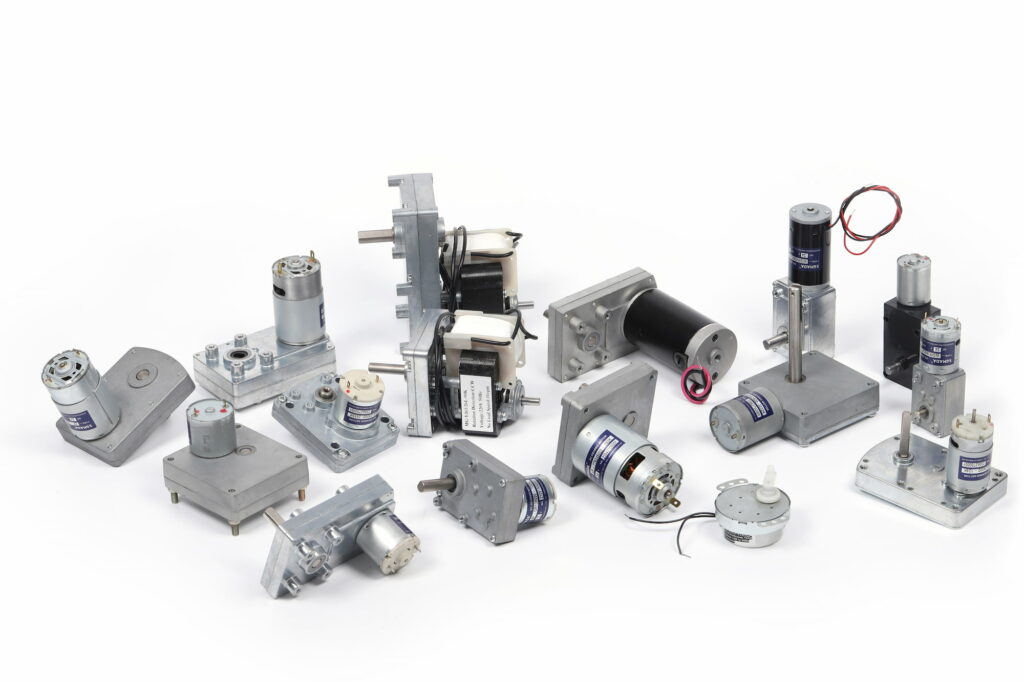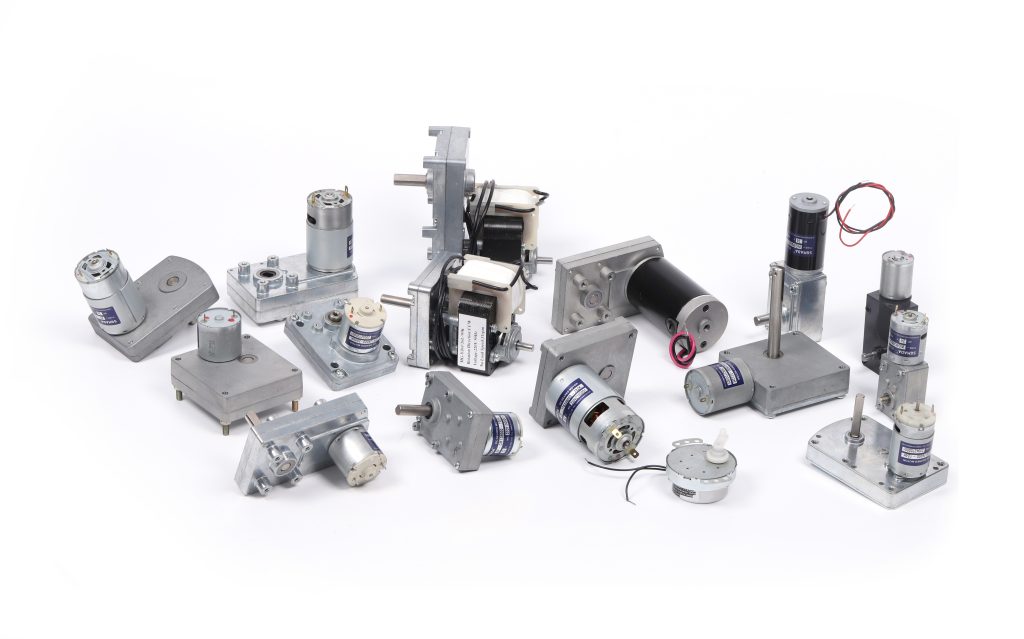I. What is Motor Power
Motor power represents the energy converted by the motor per unit time and is an important indicator of the motor’s working ability.
Factors affecting motor power
| Factor | Description |
|---|---|
| Voltage (V) | Voltage directly affects the electrical energy input power of the motor |
| Current (I) | The motor current determines both the input power and the output power of the motor. |
| Efficiency (η) | Higher motor efficiency indicates more of the input power is converted to output power. |
| Torque (τ) | Motor Power is directly proportional to motor torque. |
| Speed (RPM) | In same condtion, high rpm motor can output higher power |
| Environment | Environmental factors like temperature and altitude can affect motor power and efficiency. |
| Motor Design | Different designs (e.g., brushless DC, induction motors) have varying efficiencies and power capabilities. |
The power of a micro motor is represented by W (watt). This unit represents the motor’s ability to work per unit time, that is, the rate at which the motor can convert electrical energy into mechanical energy.
II. Defining Motor Power
In the test curve of the motor, we can observe the power of the motor from 4 specific angles – input power, output power, rated power and peak power. Understanding the definitions of these four powers is very important for choosing the appropriate motor.

1. Input Power
The input power of the motor can be regarded as the power of the electrical energy input by the power supply. In the operation of the motor, the input power can be regarded as two parts, one part is the power loss of the motor converting electrical energy, and the other part is the motor output power converted into mechanical energy.
P Input power calculate formula
From an electrical energy perspective, input power can be calculated from the input voltage (U) and the motor current (I) generated inside the motor.
Calculate Motor Input Power
2. Output Power
The output power of a motor can be regarded as the power of the mechanical energy output by the motor after converting electrical energy.
The output power of the motor is directly related to the torque of the motor (T) and the speed of the motor (Rpm). Learn more from →
Calculate Motor Output Power
3. Rated Power
The rated power of a motor refers to the maximum power that the motor can safely operate continuously without overheating. This parameter is based on the design and testing of the motor and is determined by factors such as the physical structure of the motor and the heat capacity of the winding material.
The rated power of the motor is a rigid indicator, and engineers need to select an appropriate motor based on the rated power of the motor. Ensure that the motor can run stably for a long time in the application.

4. Peak Power
Peak power is defined as the maximum power output that a motor can achieve in a short period of time, usually much higher than the rated power of the motor. This metric is primarily used to evaluate a motor’s performance under the most extreme load conditions, such as starting, accelerating, or handling sudden loads.
Peak power is an important aspect of motor performance evaluation, especially in applications where high loads need to be handled over a short period of time.





